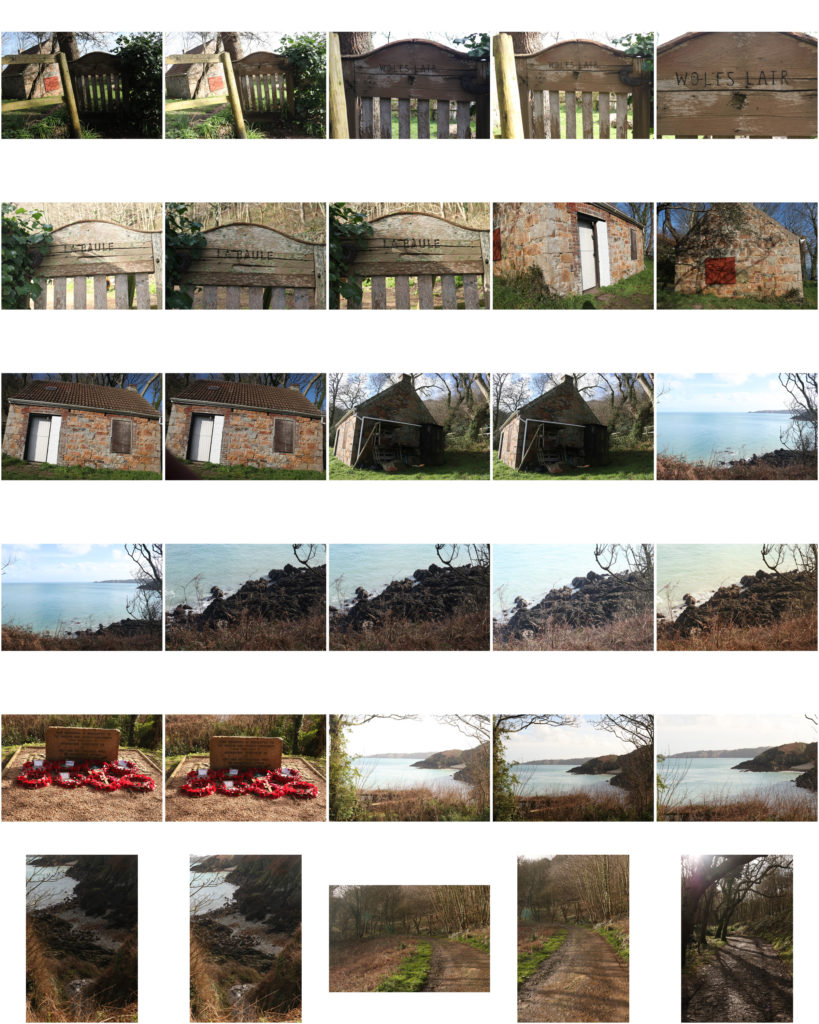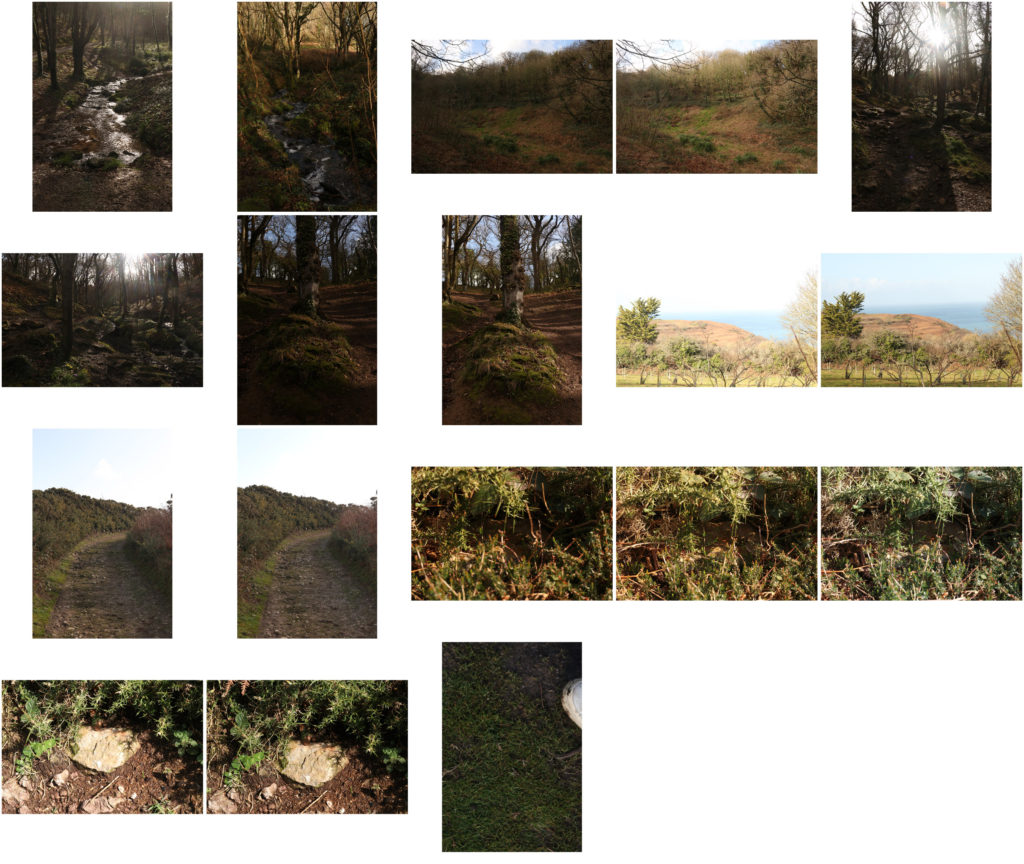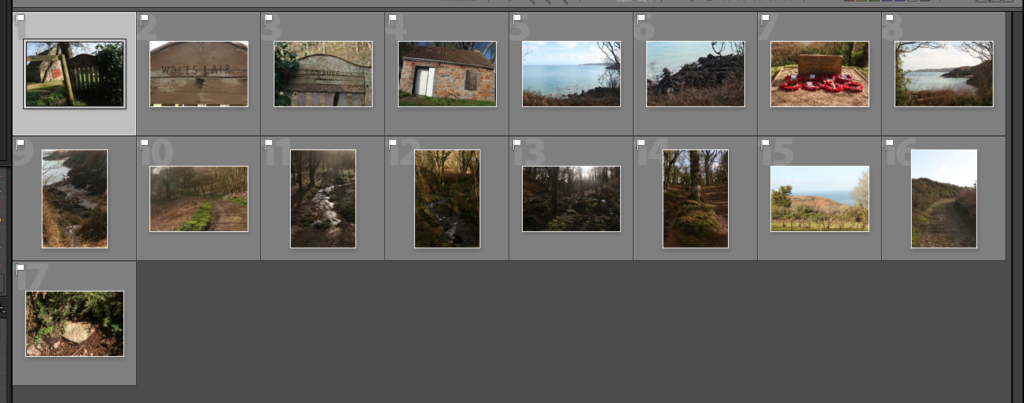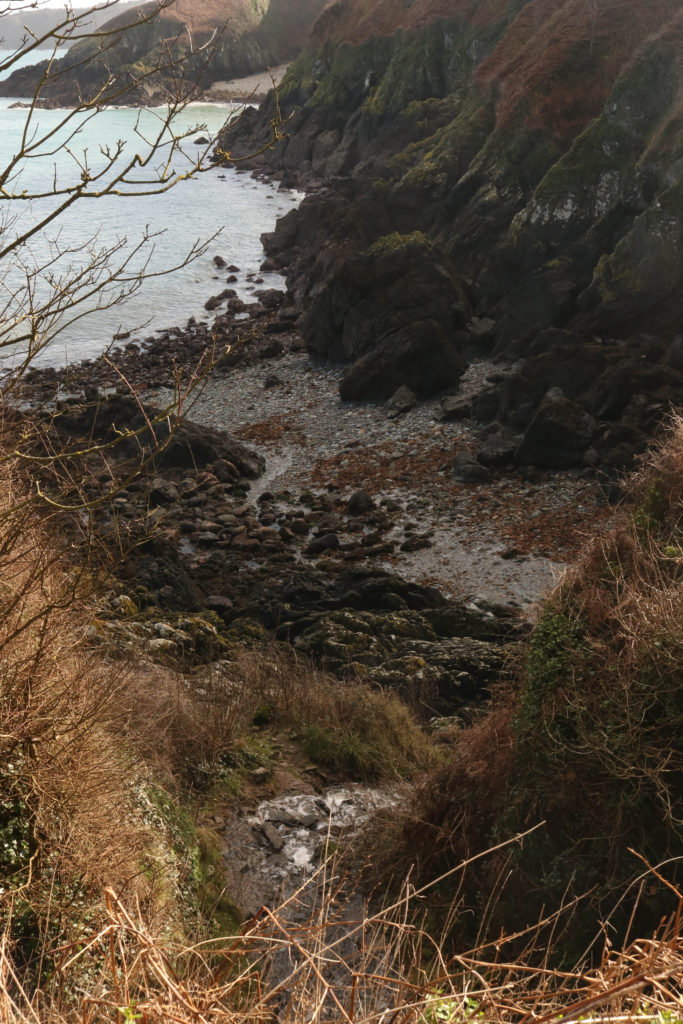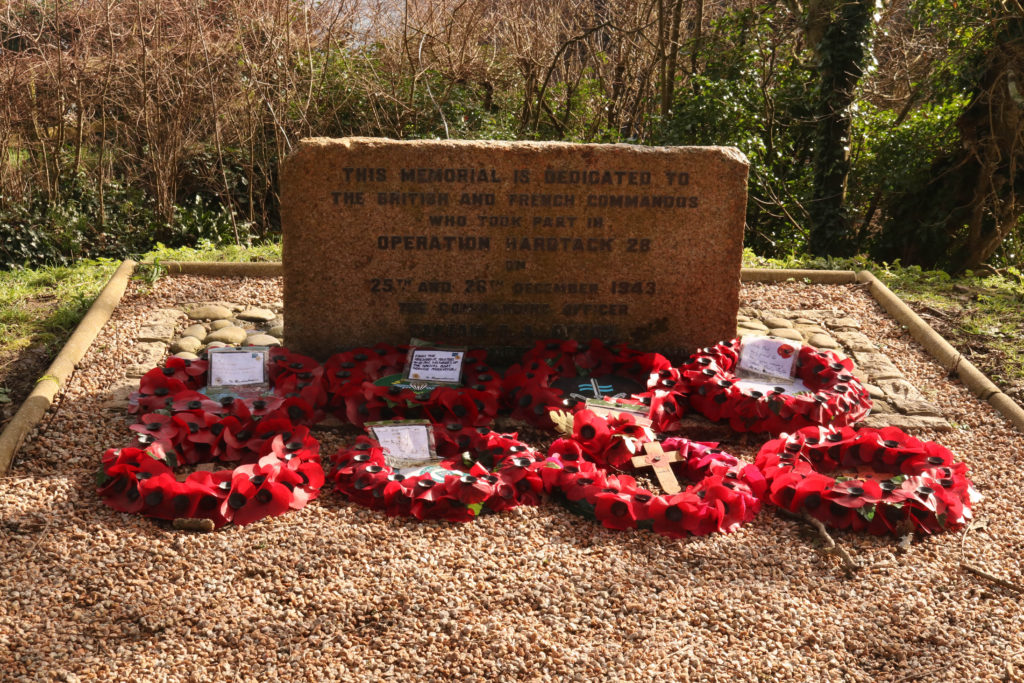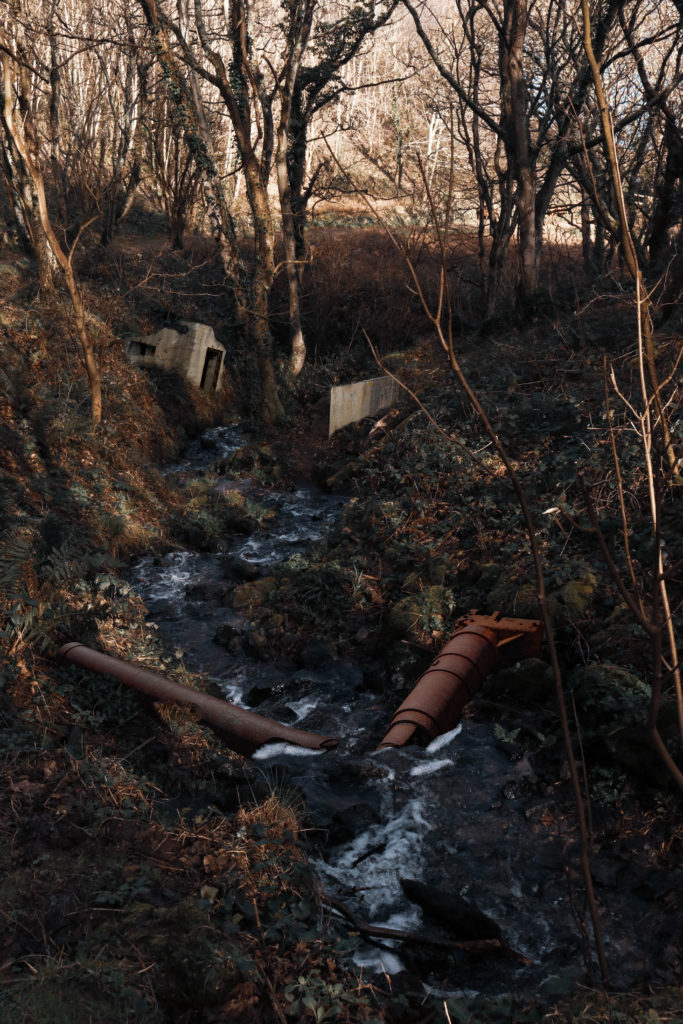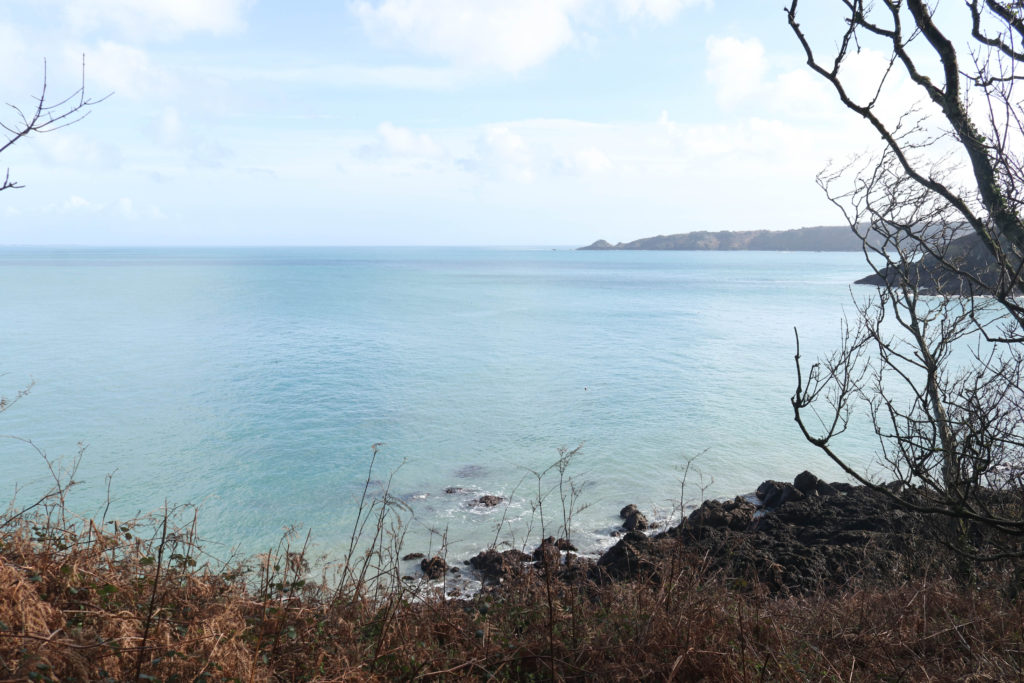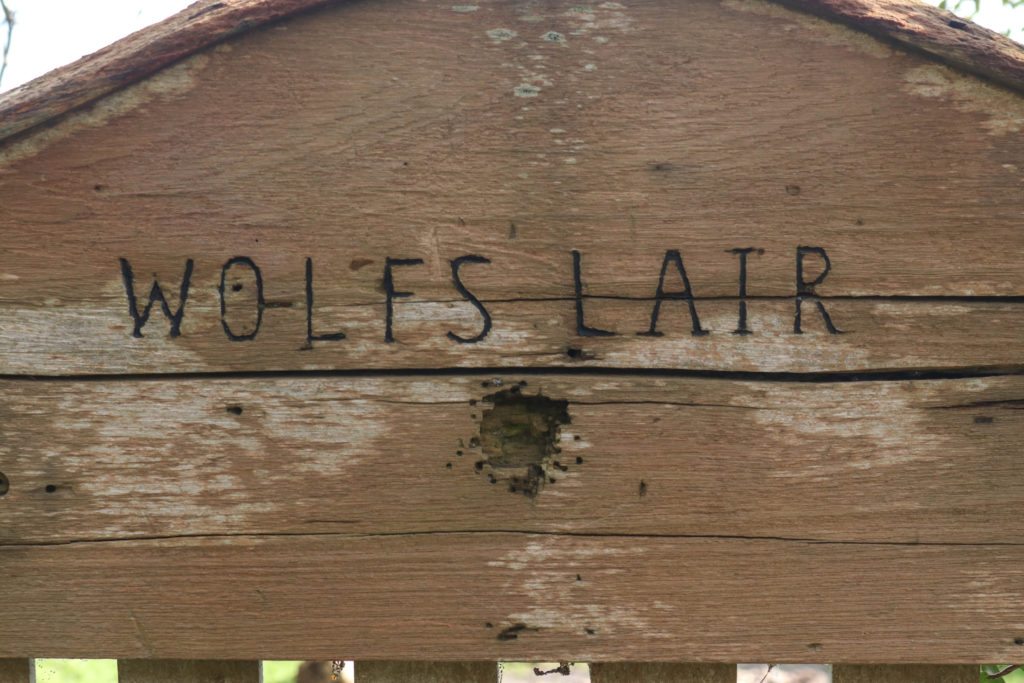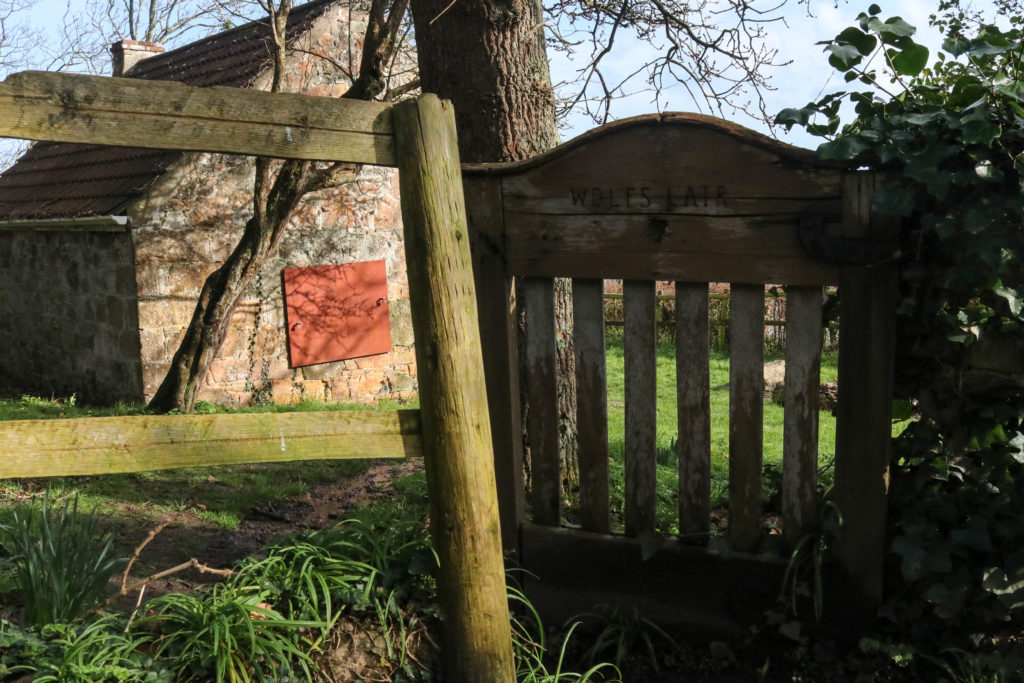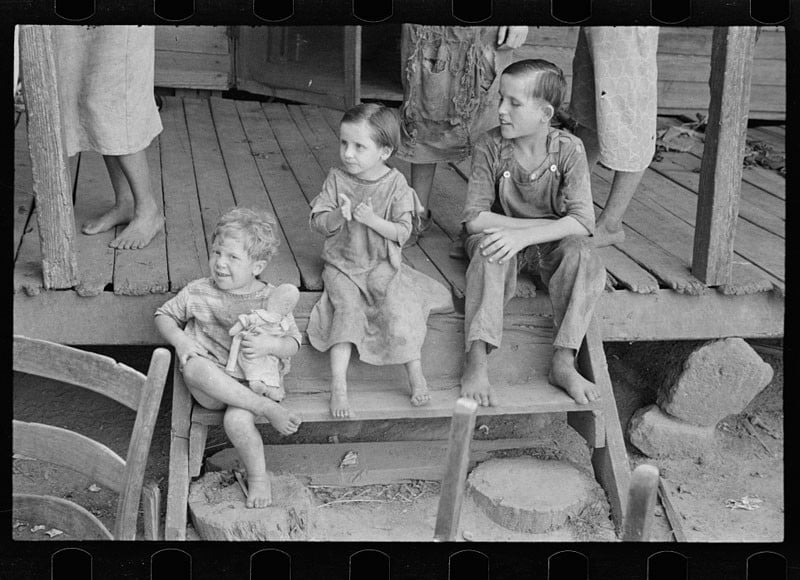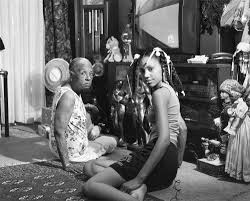Why does Carolle Benitah and Annegret Soltau use embroidery as a way of understanding identity?
In what way does Carolle Benitah explore childhood memories through her work as a method of understanding identity?
How can memories be presented in the medium of photography as a method of understanding identity?
What are the elements of surrealism in the photomontages created by John Stezaker?
Can photomontages help explore the identity of an individual?
How does Carolle Benitah and John Stezaker present the concept of absence and presence?
How can instability and uncertainty be presented in the medium of photography?
How does Chino Otsuka document her cultural identity, ideas about displacement and international travels?
Why does Carolle Benitah and Claudia Ruiz Gustafson explore their past as a method of understanding identity?



